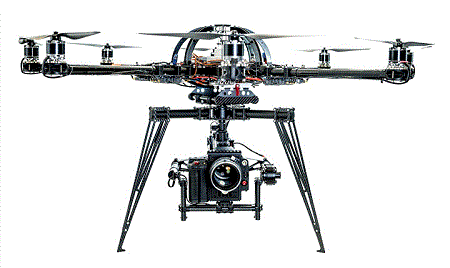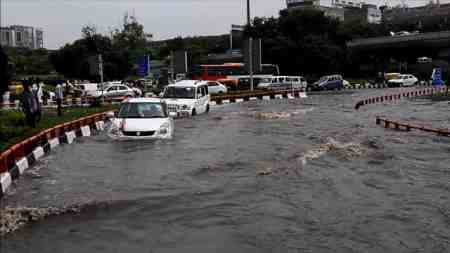Plants respond to seasonal changes by budding, leafing, and flowering. As climate change alters these phenological stages in plants, access to data on these changes across various locations and species is crucial to understanding the true impact of climate change.
However, such analyses require extensive data, which would be impossible to gather without the help of citizen scientists. “The problem is that the quality of the data suffers when fewer people engage as citizen scientists and stop collecting data,” says Karin Mora, a research fellow at Leipzig University and iDiv.
Mobile apps like Flora Incognita could address this issue. The app allows users to identify unknown wild plants within seconds. “When I take a picture of a plant with the app, the observation is recorded with the exact location and a time stamp,” explains Jana Wäldchen from the Max Planck Institute for Biogeochemistry (MPI-BGC), who developed the app with colleagues from TU Ilmenau. “Millions of time-stamped plant observations from different regions have been collected by now.” Although satellite data also records the phenology of entire ecosystems from above, they do not provide information about ground-level processes.
Plants show synchronized responses
The researchers developed an algorithm using nearly 10 million observations of almost 3,000 plant species identified between 2018 and 2021 in Germany by Flora Incognita users. The data show that each plant has its own cycle for flowering and growth phases. Additionally, the scientists found that group behavior emerges from individual behaviors. This allowed them to derive ecological patterns and study how these change with the seasons. For example, ecosystems by rivers differ from those in mountains, where phenological events start later.
The algorithm also accounts for the observational tendencies of Flora Incognita users, whose data collection is not systematic. Users record more observations on weekends and in densely populated areas. “Our method can automatically isolate these effects from the ecological patterns,” explains Karin Mora. “Fewer observations don’t necessarily mean we can’t record the synchronization. Of course, there are very few observations in the middle of winter, but there are also very few plants to observe during that time.”
It is known that climate change causes seasonal shifts, such as spring arriving earlier. How this affects the relationship between plants and pollinating insects, and potentially food security, is still under research. The new algorithm can now be used to better analyze the effects of these changes on the plant world.
- EUREKALERT







